Pediatric Diseases Treatment Hospital In Hyderabad
Yashoda Hospitals, Hyderabad offers the best services and a team of highly skilled pediatricians to deliver the most comprehensive healthcare for children.
The various diseases treated by the department are:
- Bed-wetting: In children below the ages of 7, bed-wetting is only a developmental stage, but if it persists beyond 7 years of age, the child needs treatment. If untreated, it goes on for years. If a child has a family history of bed-wetting by the parents when they were children, then he/she is at an 80% risk of developing bed-wetting or enuresis.
- Hirschsprung’s Disease: It is a disease that involves missing nerve cells in the muscles of the large intestine. It is present at birth and causes difficulty in passing stool. The main symptom of this condition is a newborn’s failure to have a bowel movement within 48 hours after birth, a swollen stomach, and vomiting.
- Biliary Atresia: It is a condition in which the bile ducts in children present outside and inside the liver are scarred and blocked, because of which the bile is unable to flow into the intestine and leads to bile build up in the liver. This bile accumulation can seriously damage the liver and can cause scarring, loss of liver tissue and function, and cirrhosis.
- Tuberculosis: The most common symptoms of tuberculosis are fever, prolonged cough, weight loss, and chills.
- Scarlet Fever: It is most common in children between the ages of five to 15 years. Its symptoms include the presence of a bright-red rash that covers most of the body, sore throat as well as high fever.
- Childhood Asthma: It is the most common chronic lung disease in the pediatric population. In this condition, the lungs and airways become inflamed when the child is exposed to certain triggers such as pollen inhalation, etc. Its symptoms include wheezing while breathing.
- Infant Jaundice: It is characterized by the yellow discoloration of an infant’s skin and eyes. It manifests when the infant’s blood contains an excess of bilirubin that is a yellow pigment present in red blood cells. It is fairly common in infants born before 38 weeks as well as some breast-fed babies because a newborn’s liver isn’t mature enough to get rid of bilirubin in the bloodstream.
- Juvenile Fibromyalgia Syndrome (JFMS): It is a chronic condition that is characterized by symptoms such as long-term musculoskeletal pain and the presence of multiple painful tender points on palpation. This disease is often accompanied by other symptoms such as fatigue, sleep disorders, chronic headaches, irritable bowel syndrome, etc.
- Juvenile Idiopathic Arthritis: It is an autoimmune disease in which the joints are affected.
FAQ’S
What is Hirschsprung's disease?
Hirschsprung’s disease is a condition in which the muscles present in the large intestine are deficient in nerve cells which leads to difficulty in passing stool. Its main symptom is a newborn’s failure to have a bowel movement within the first 48 hours post-birth, swollen stomach, and vomiting.
Can biliary atresia be cured?
Unfortunately, there is no non-surgical treatment for biliary atresia. The surgical treatment for it involves replacing the blocked bile ducts present outside the liver with a length of the infant’s own intestine, which acts as the new duct.
What are the symptoms of scarlet fever?
The symptoms of scarlet fever include persistent high fever, chills, sore throat sometimes with yellowish or white patches, difficulty in swallowing, enlarged lymph nodes present in the neck, nausea, vomiting, and headache.
How is juvenile fibromyalgia caused?
The exact cause of juvenile fibromyalgia is unknown. However, it is suspected to be caused due to a variety of factors that work together such as genetics. Genetics is suspected because this disease tends to run in families, so there may be certain genetic mutations that may make a person more susceptible to developing the disorder.




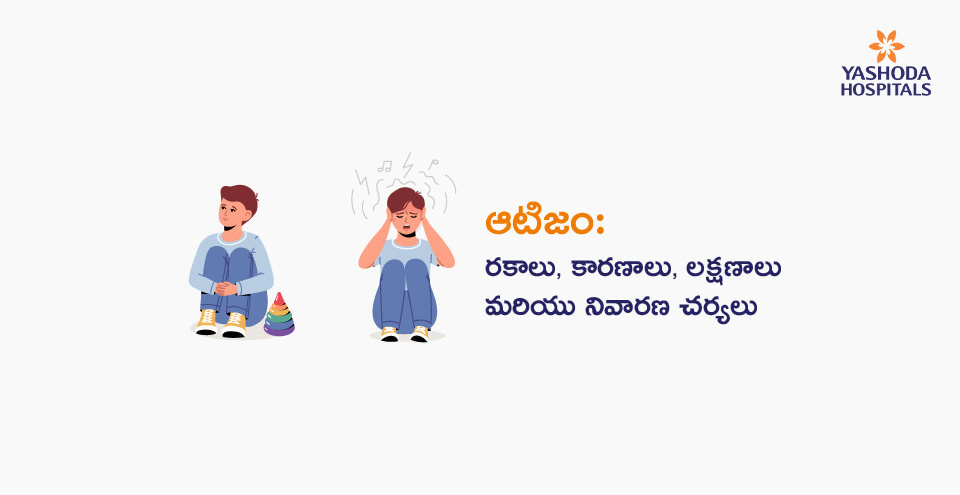

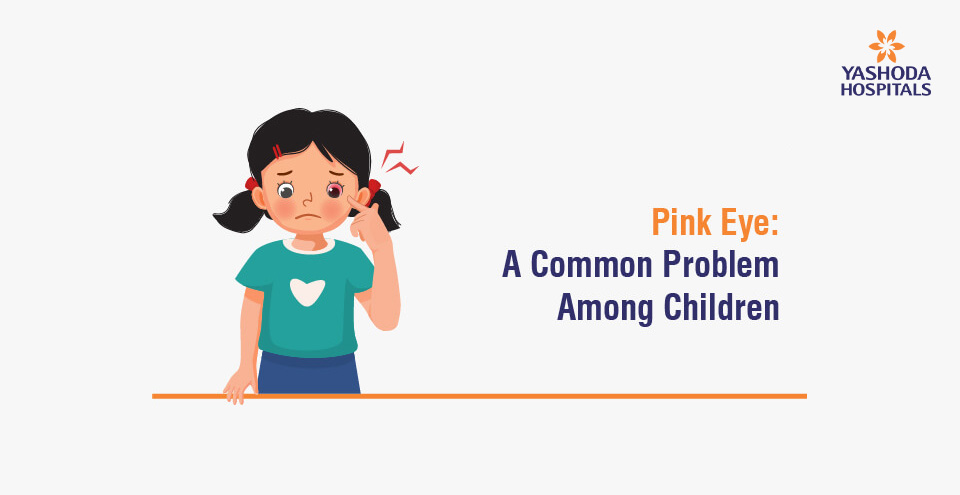

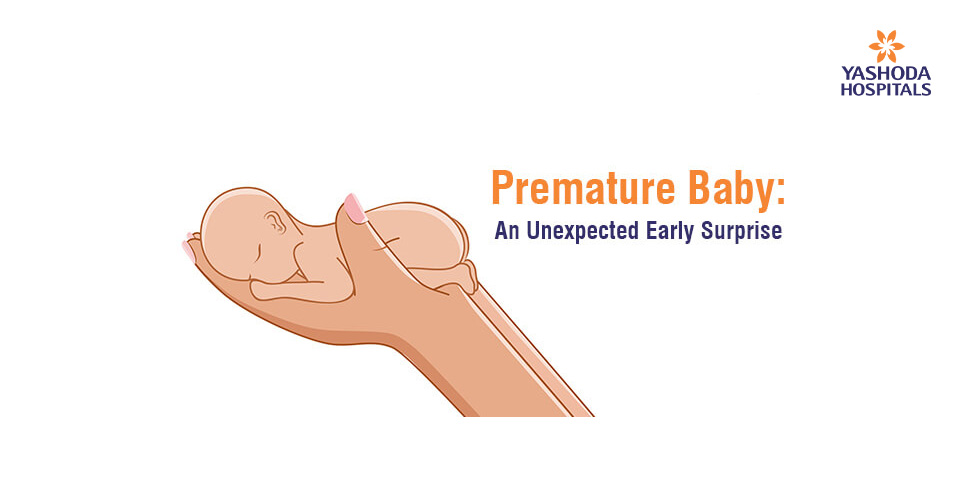

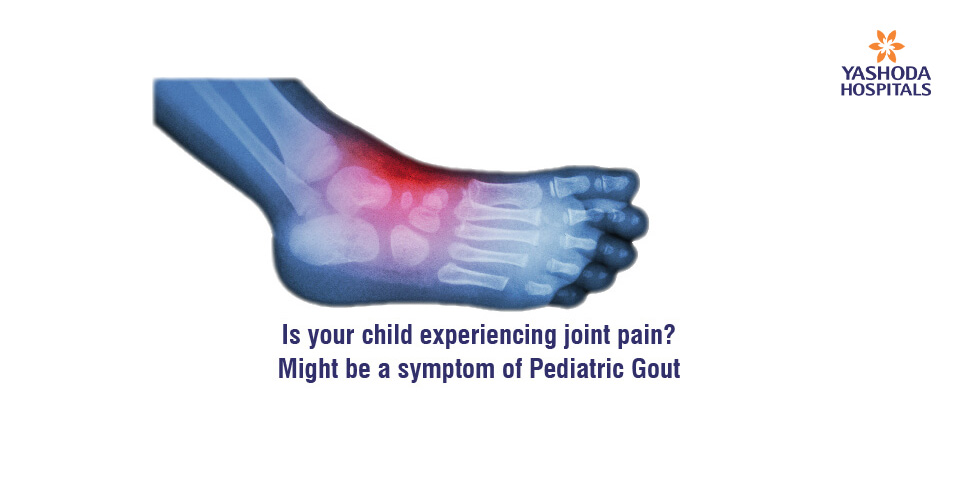
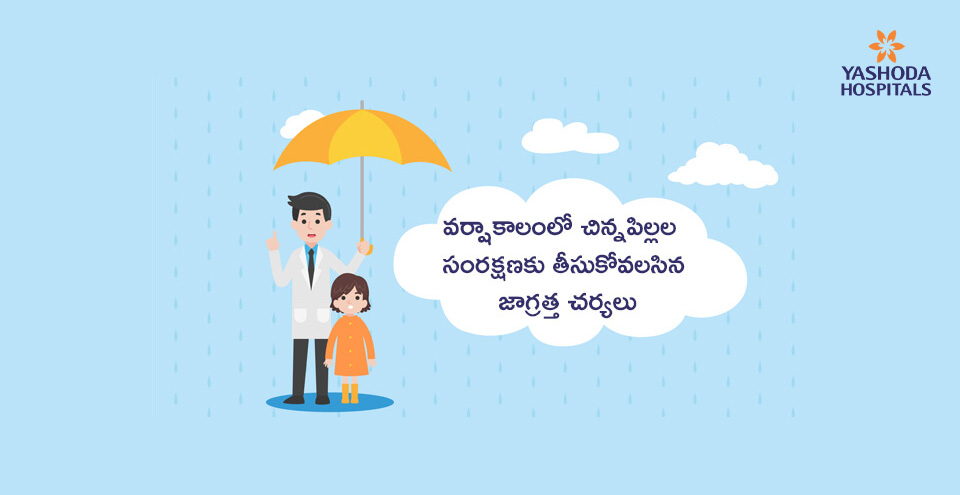
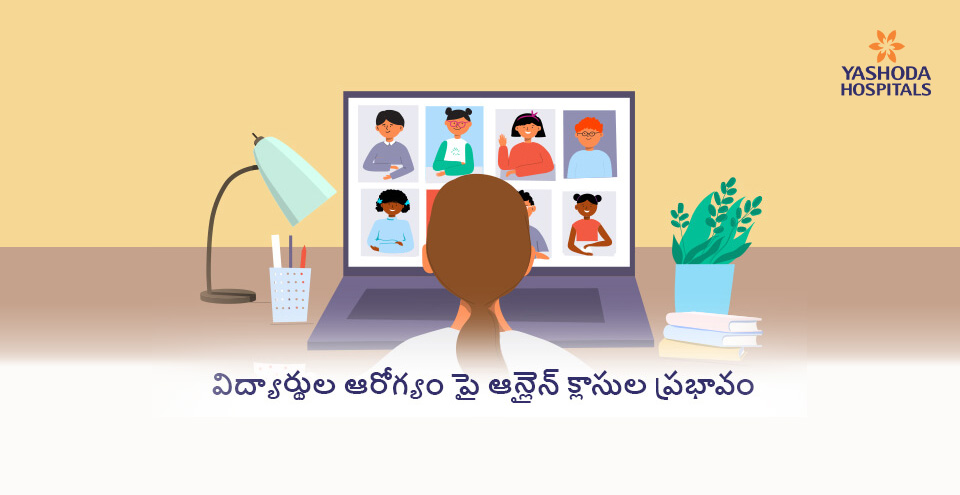
 Appointment
Appointment WhatsApp
WhatsApp Call
Call More
More

